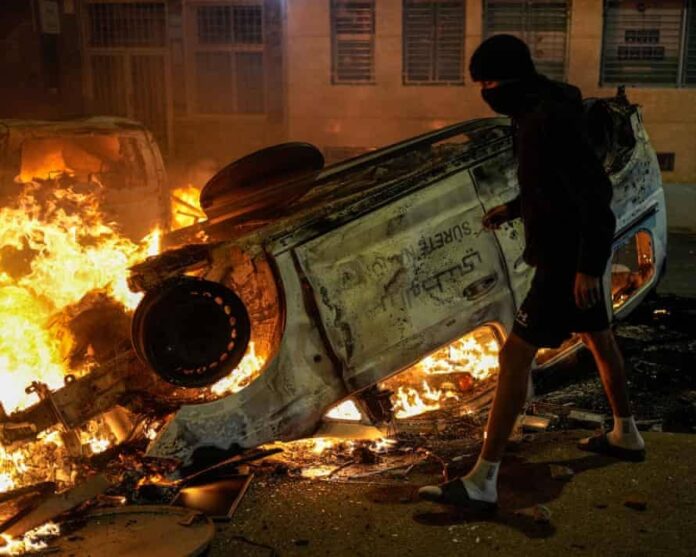……. Demand Health and Education Reform
By: Babagana Bukar Wakil, Maiduguri
Young Moroccans have once again taken to the streets under the slogan GenZ212 to demand urgent reforms in healthcare, education, and social welfare. The protest movement, named after “Generation Z” and Morocco’s telephone prefix, began last weekend and has since spread across several regions, with some demonstrations marked by unrest.
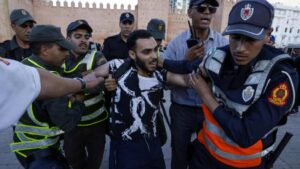
The protesters paint a grim picture of daily realities far removed from the glossy postcards often associated with Morocco. Families displaced by the 2023 earthquake still live in tents, waiting for promised housing. Hospitals remain overcrowded and under-resourced, forcing mothers to wait hours for medicine that is often unavailable. Classrooms are packed beyond capacity, with too few teachers, leaving young people with diplomas that hold little value in a jobless market.
They accuse the state of prioritizing luxury projects and stadiums while neglecting basic needs. Entire neighborhoods, they claim, have been demolished, displacing the poor without adequate alternatives. Many young activists allege intimidation, with some reporting arrests, beatings, or suppression of dissent. Others highlight growing poverty, child labor, and the bleak prospects faced by a generation that feels excluded from the country’s future.
Against this backdrop, Morocco’s authorities have sought to ease tensions by expressing willingness to engage. Prime Minister Aziz Akhannouch and the governing coalition have declared their “full readiness” to listen and open dialogue with protesters on health, education, and social issues.
The Interior Ministry, while acknowledging grievances, has defended the actions of security forces, insisting that interventions are legal, judicially overseen, and conducted with restraint to maintain public order. Officials expressed sorrow over the deaths of three people during unrest in Leqliaa and regret over the injuries sustained by others, but they also warned that violent acts, vandalism, or attempts to undermine order will face legal consequences.
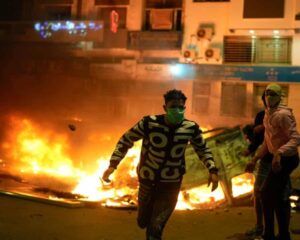
Authorities stressed that while peaceful protest is permitted, escalating violence—particularly involving minors—has forced security interventions. They further emphasized the government’s commitment to pursuing reforms in healthcare, education, and broader social policy to address the root causes of discontent.
The standoff between Morocco’s frustrated youth and its leadership continues to underscore the pressing demand for dignity, justice, and genuine reform in a country grappling with deep social and economic divides.
Morocco is a constitutional monarchy, with King Mohammed VI as head of state holding strong powers over security, judiciary, the armed forces, and parts of the executive. Alongside the monarchy, the Prime Minister—appointed by the King, usually from the majority party—runs day-to-day government affairs and proposes ministers. The bicameral Parliament consists of the House of Representatives (directly elected) and the House of Councillors (indirectly elected).
The 2011 constitution introduced reforms aimed at increasing democratic participation and strengthening parliament, though analysts often describe the system as a “hybrid” combining elected institutions with centralized monarchical authority.
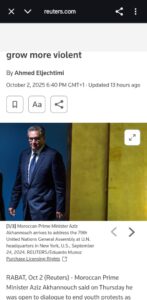
Morocco has a long history of social unrest tied to poverty, inequality, and weak services. The Hirak Rif Movement (2016-2017) protested unemployment, corruption, and underdevelopment in the north. The 1981 and 1984 “Bread Riots” erupted over food price hikes and IMF-linked austerity policies. More recent movements have included teacher strikes and public sector demonstrations over pay and pension reforms.
Today, Morocco’s population stands at about 37 million. The economy has shown growth, with GDP projected at US$144–156 billion in 2023–2024, and per capita income at US$3,901 nominal, or around US$9,000–10,000 in PPP terms. Real GDP growth in 2023 was about 3.4%, with moderate growth expected in the coming years. However, unemployment remains high at 12–13%, with youth joblessness far worse.
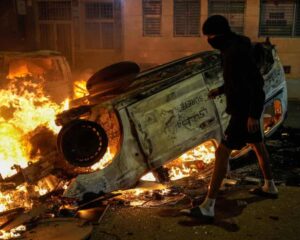
Morocco also maintains relatively strong external buffers, with foreign exchange reserves between US$35–45 billion. As of June 2025, reserves were estimated at US$40.2 billion, covering more than five months of imports. In 2024, reserves including gold were valued at US$37.13 billion.


